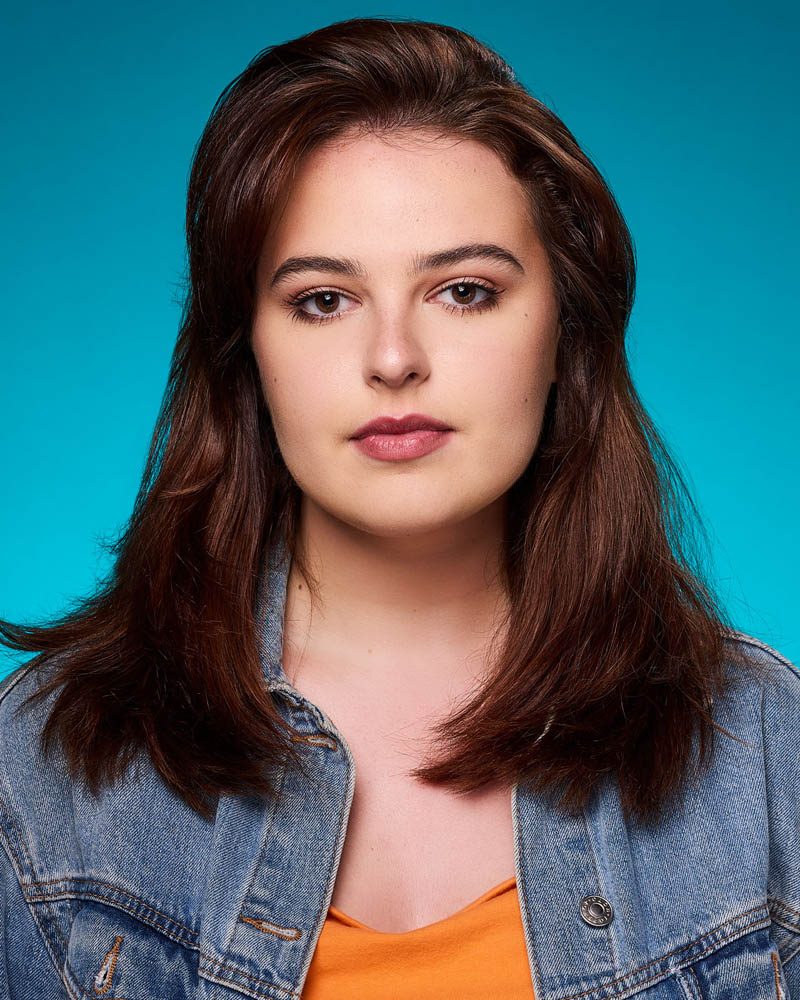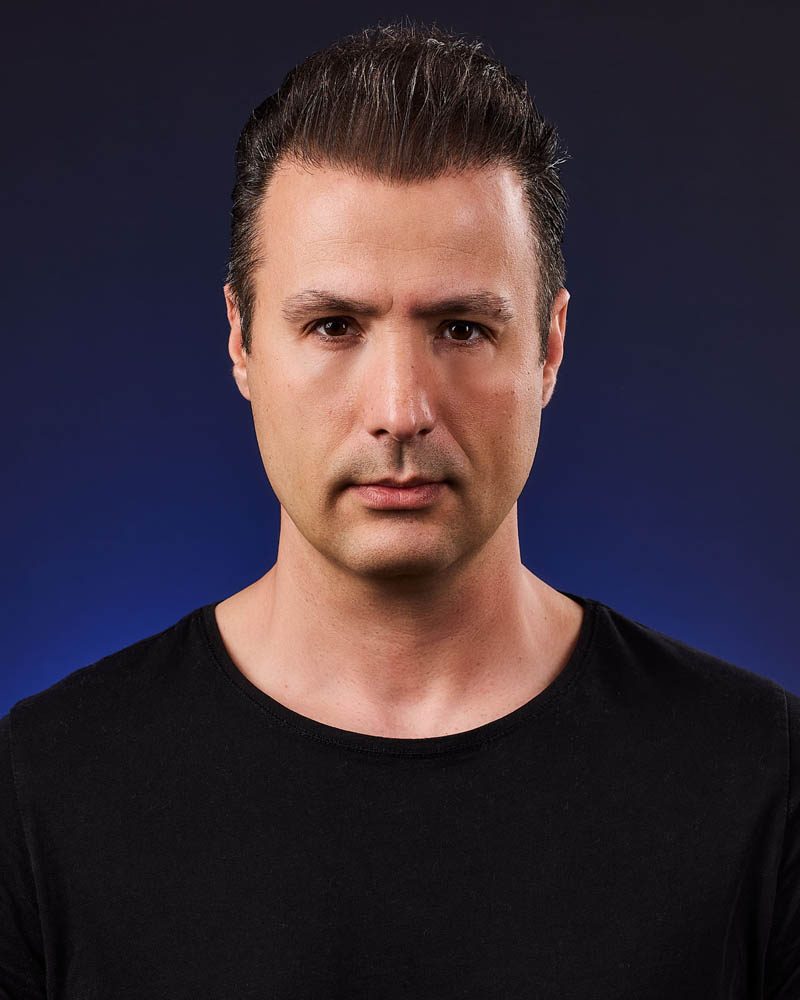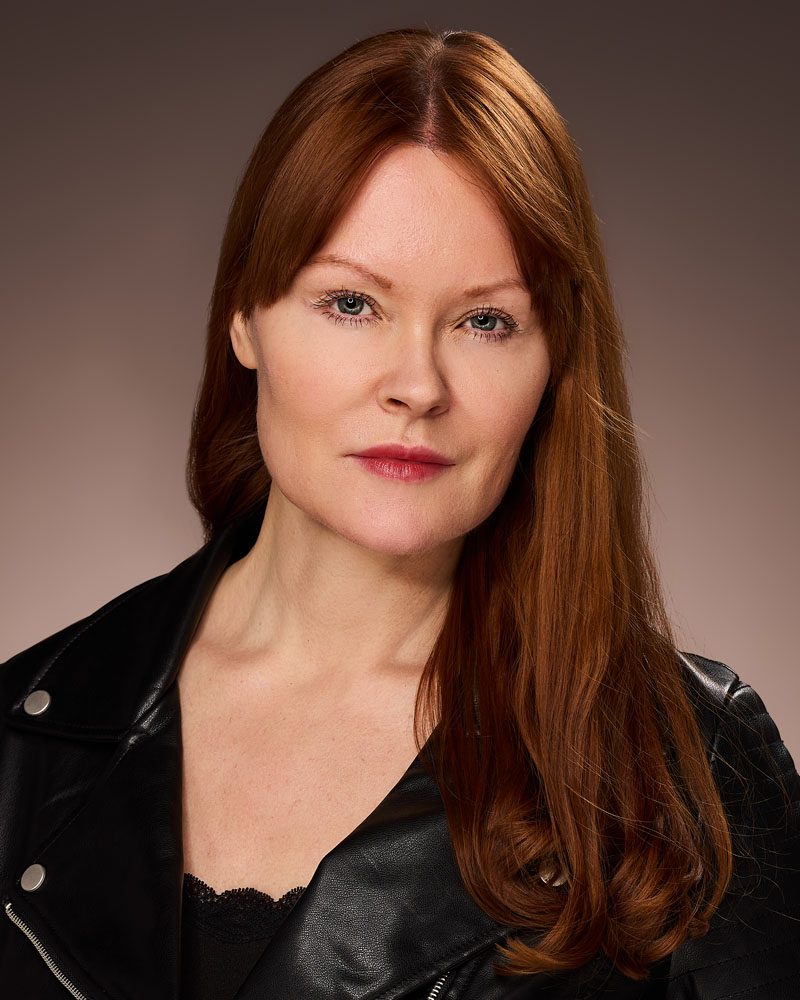Glossy prints can have more contrast and can help the images stand out, particularly if most people use matte or luster paper. So, glossy isn’t without consideration. Matte finishes tend to hide fingerprints and other foreign stains much better. Luster paper is somewhere in between. So, it can offer the best of both worlds of glossy or matte.
Also, glossy photos throw much more light glare from them. So, under direct light they might be harder to see, especially if viewed at an angle where the light is glaring off it and back at you. Matte finishes avoid this reflection. But again, these are not your only two options. A happy medium is luster, or lustre. This is a lightly glossed paper, so it pops more than matte paper while avoiding most of the fingerprint and reflection problems of glossy paper.
You can read more about the different types of paper options here.
First, Get a Good Headshot
How good the paper it is printed on does not matter if the headshot is of poor quality. So, first, be sure you are working with the best headshot photographer in Los Angeles, or whatever city you are in, you can find to ensure quality. Of course, this means staying away from using a selfie, unless your goal is to appear unprofessional.
The entire point of having a headshot printed is to showcase a certain level of quality, from the image created to the paper type used. So, invest in a good headshot photographer first. Do a little homework. Ask the photographer if they have a commercial studio, a home studio or if they only shoot outdoors?
If they have a commercial studio, ask them about lighting preferences they would opt for based on the type of headshot you need. If they have a home studio, what limitations does this impose? If they only shoot outdoors, how will they ensure the use of natural light will get the look you need. In a studio, a good photographer has command of studio lighting while outdoors a photographer is at the mercy of the sun’s location depending on the time, and then there are unpredictable weather – not just cloudy versus sunny but windy or other such elements too.
Finally, be sure to check out their body of work and read up on customer reviews. For example, it is ideal for a photographer to have a website ready for any customer to visit for full details. As for reviews, there are plenty of places one can turn to, such as Google, Bing, Yelp, and many other review sites.




